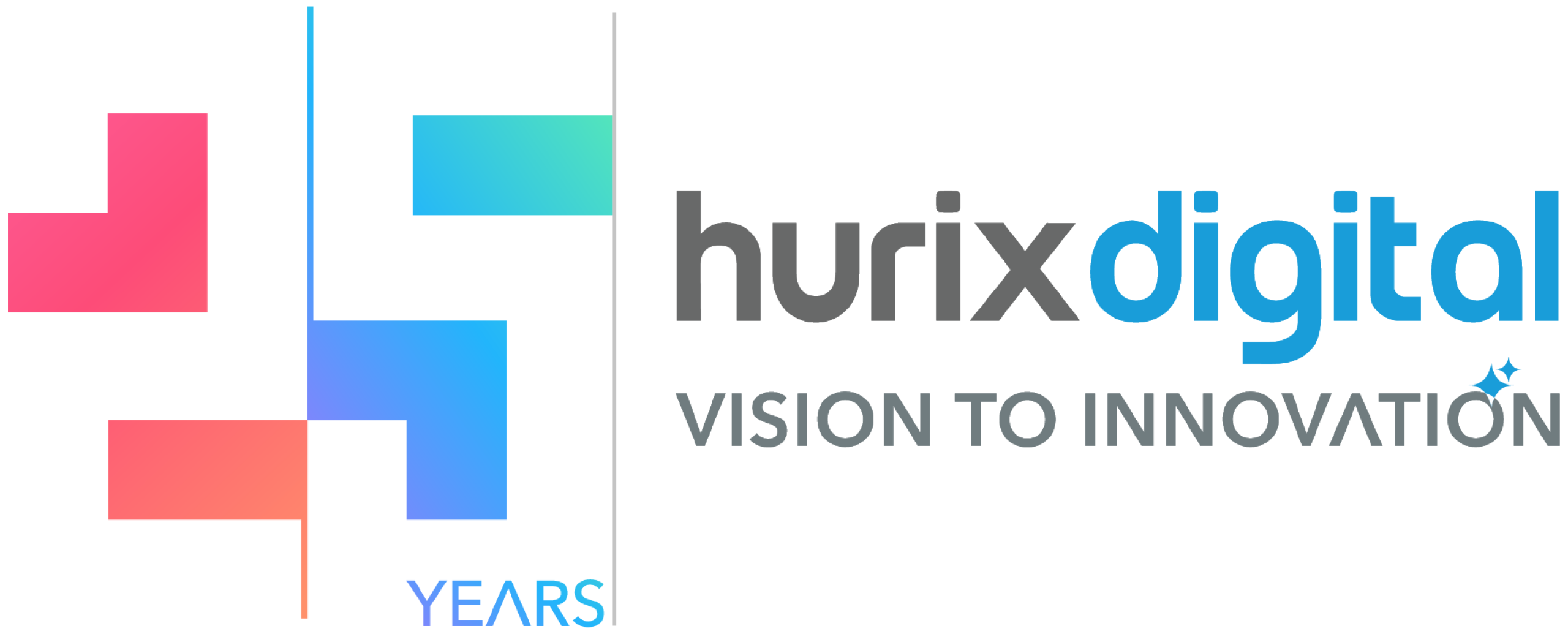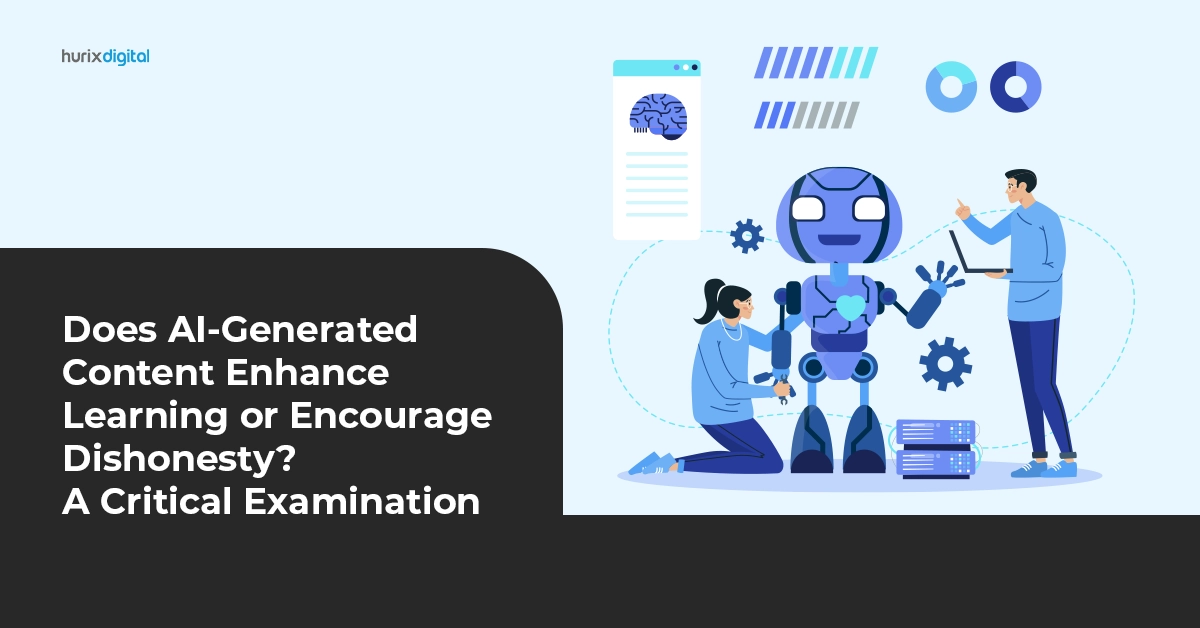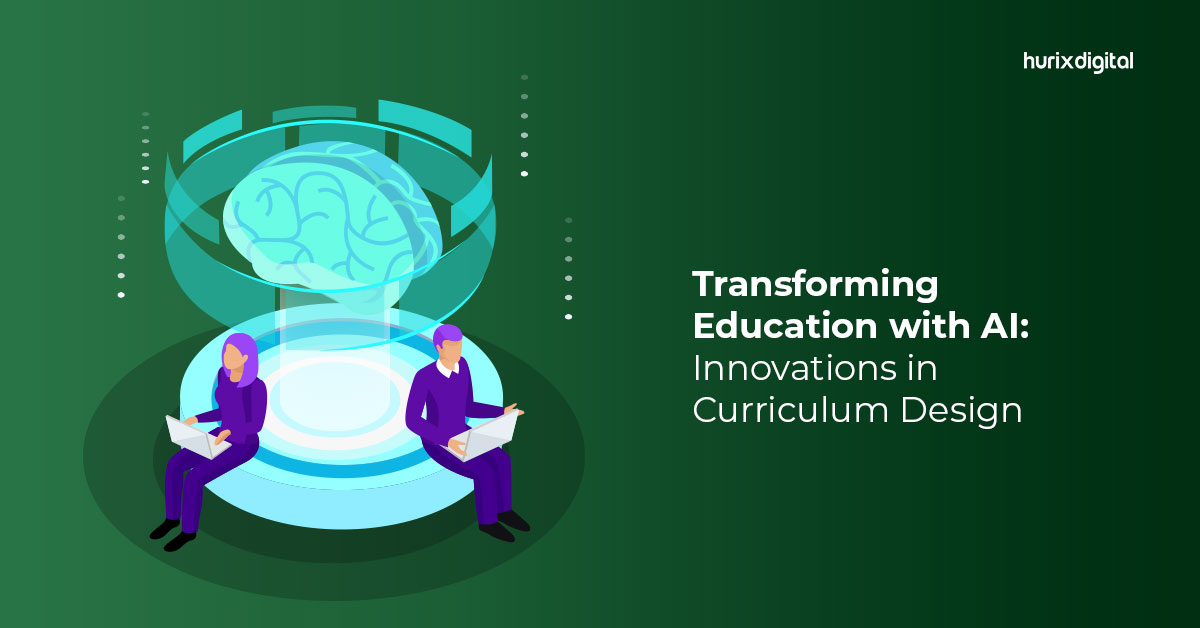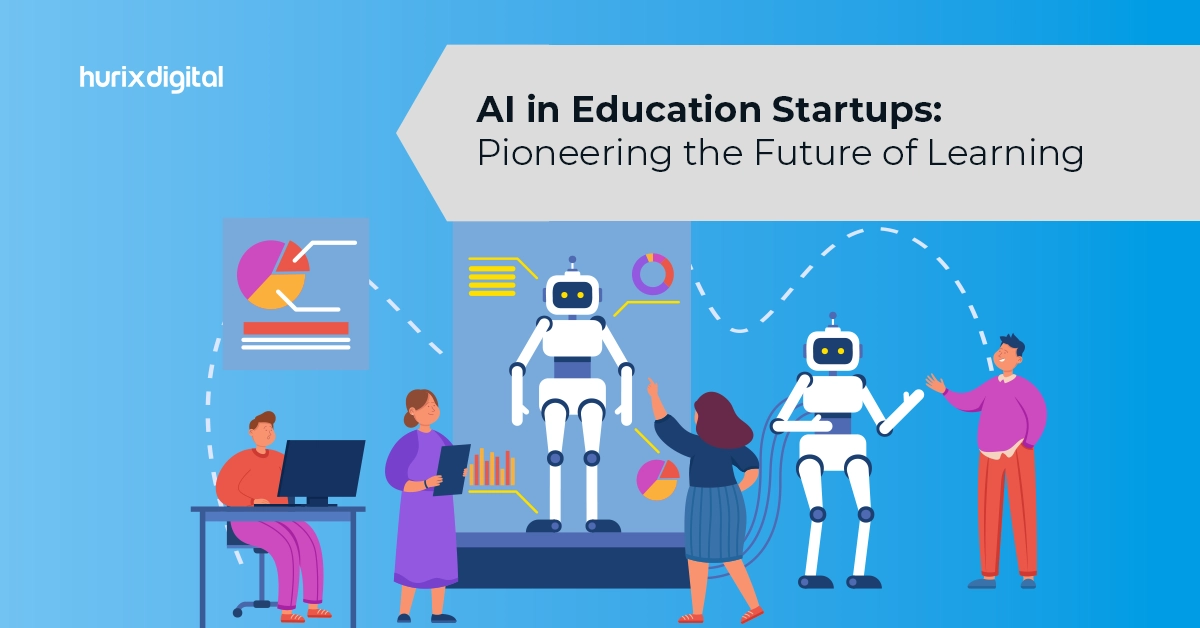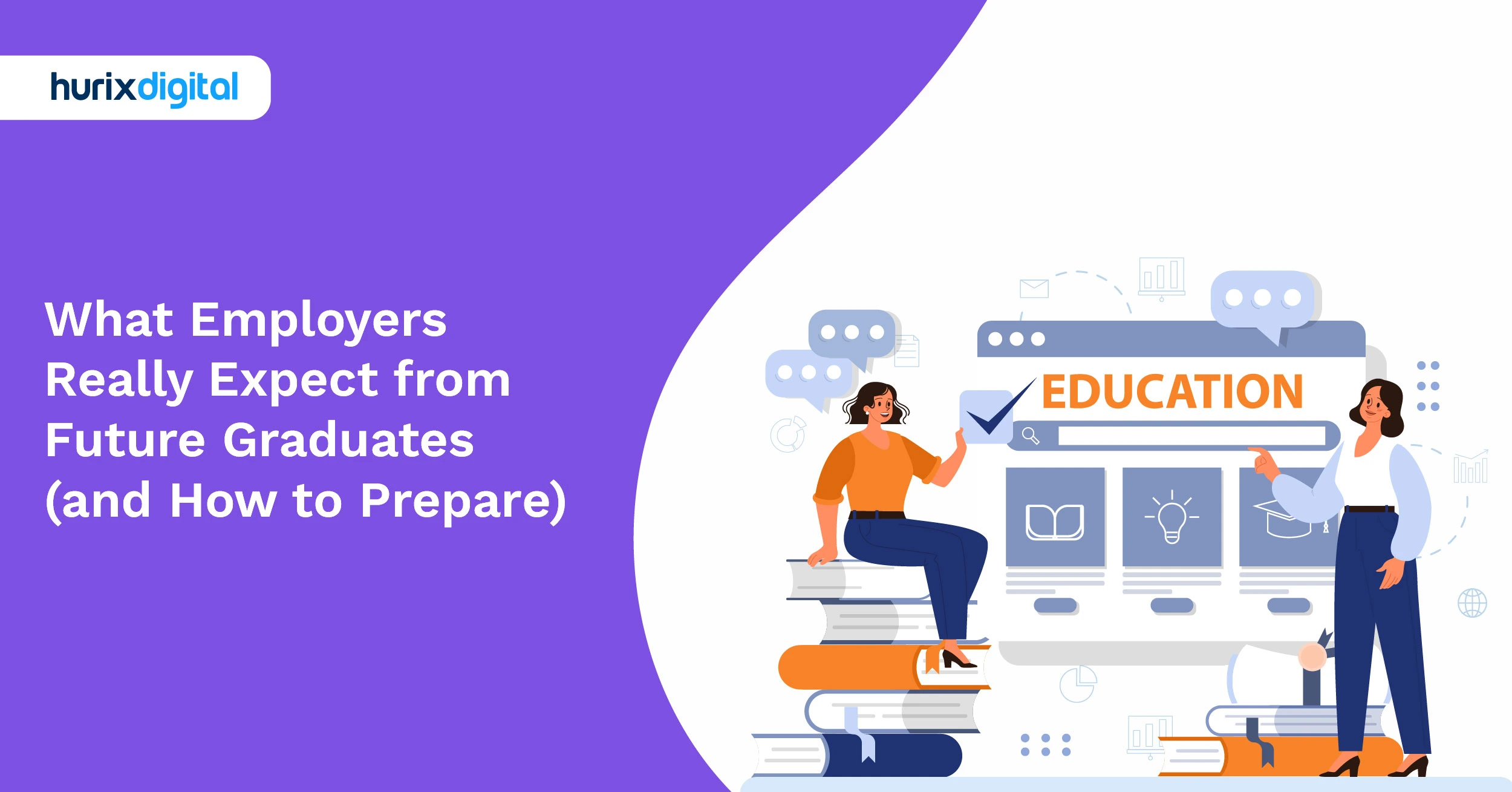
What Employers Really Expect from Future Graduates (and How to Prepare)
For many years, the rhythms of higher education felt like a well-rehearsed play. Everyone knew their part; the curtain went up, and the semester ran its course. But that script is changing. There’s a buzz — and not always a comfortable one — in academic circles. Higher education courses are under pressure from every direction: employers want fresh skills, technology keeps reshaping teaching before faculty can catch their breath, and calls for equity grow louder by the day. Tweaks aren’t enough anymore. The questions on the table are big, fundamental, and a little unsettling.
Are we even asking the right questions? That’s where the real debate lies. Do our programs genuinely prepare students for tomorrow — or just chase whatever industry is shouting about today? There’s no single “right answer” guidebook. Instead, we’re all on a winding, messy journey toward figuring out how to create learning that is flexible, valuable, and measurable when the future is anything but predictable.
Over a long period of time, the beats of higher education have sounded like a play. It was the role of everybody, the curtain was raised, and the semester was completed. But that script is changing. It is a buzz, not necessarily a comfortable one, in the academic world. Higher education courses are experiencing pressure on all sides: employers demand new skills, technology continues to transform the teaching process before faculty can even breathe, and equity pressure is increasing by the hour. Tweaks aren’t enough anymore. The table questions are broad, basic, and somewhat disturbing.
Are we formulating the right questions? It is in there that the actual dispute is. Are our programs really equipping our students with tomorrow – or are they just pursuing whatever industry is screaming today? No right answer guidebook. We are just all on a disordered, zigzag path towards finding ways of making learning flexible, valuable and measurable at the time the future is unpredictable.
Table of Contents:
- What Can Higher Education Courses Do to Be Relevant to the Future Workforce?
- What Strategies Boost Enrollment in Challenging Higher Education Course Markets?
- How Does AI/Digital Transformation Impact Higher Education Course Delivery and Design?
- How Can Institutions Demonstrate ROI for Higher Education Course Investments?
- What Approaches Ensure Global Competitiveness for Our Higher Education Courses?
- How Do We Foster Agile Curriculum Development in Higher Education Courses?
- How Can Higher Education Courses Enhance Equity and Accessibility for All Students?
- What is the Critical Role of Faculty in Evolving Higher Education Courses?
- How Do Industry Collaborations Reshape Future Higher Education Course Offerings?
- How Effectively are We Measuring Long-Term Student Success From Higher Education Courses?
- Conclusion
What Can Higher Education Courses Do to Be Relevant to the Future Workforce?
This is larger than merely replacing old themes with new, glistening ones. The real task is the challenge of designing courses that equip students with a world that can only be characterized as one of change. So what is the point of learning how to use software when the software may be gone the following year? It is not about cramming students with facts that do not move with them, but about equipping them to be flexible, to shift, and to survive regardless of whatever the world may bring their way.
Teachers must be scouts, not only lecturers. That is, they must be close to the action: they must work with industry partners, spend some time in the field, do a short-term fellowship, and see what is going on the ground. Admittedly, this makes schedules and tenure harder to work out, but that is what pushes the curricula forward rather than backward.
And students? They should cease being spectators. More labs, fewer monologues. Allow them to wrestle with practical case scenarios, construct their own frameworks of ethical dilemmas, and solve problems that no one has ever solved. It is untidy, yes, but that is the way real life is – and that is the type of learning that creates enduring critical thinking and strength.
Those who are on the faculty require that spirit of agility. The process of professional development should not be a tick-box exercise; it must be a continuous, refreshing challenge. They should get time to experiment with new approaches, fail in some ways, learn much, and do it again. It is an embarrassment to train students to take jobs that are not even in existence yet, and it is also a form of confession that the best lesson that any teacher can give to students is that they should be comfortable with the fact that they do not know what lies ahead.
What Strategies Boost Enrollment in Challenging Higher Education Course Markets?
Getting students excited about the toughest courses on campus isn’t about splashing money on glossy ads. It’s about telling the story of transformation — and telling it honestly. Sure, career prospects matter, but for fields like astrophysics or ancient languages, the payoff is often bigger than a job title. These courses shape how people think. They teach persistence, curiosity, and ways of seeing the world that last a lifetime. That’s the message students need to hear.
Faculty can play a huge role here. When students meet a professor who lights up when talking about 14th-century poetry or advanced quantum theory, that passion is contagious. No staged recruitment event can replicate that spark. Simple open seminars, casual online talks, or even livestreamed “ask me anything” sessions with professors can turn an intimidating subject into something magnetic. Not everyone is a natural showman — but authenticity beats polished marketing every time.
And don’t forget alumni. The best recruitment tool might just be Sarah, who struggled through a brutal statistics class, doubted herself, and now leads data teams at a global company. Her story, with all its bumps and pivots, resonates. Prospective students see someone real, not a brochure model, and think, “If she made it, maybe I can too.” Honest stories, shared without the hard sell, can break down fears and build confidence far better than a campaign slogan.
How Does AI/Digital Transformation Impact Higher Education Course Delivery and Design?
It’s easy to get dazzled by new tech — AI chatbots, adaptive platforms, VR headsets — but the real shift is deeper. It’s about reimagining how learning happens in the first place.
Take course delivery. Gone are the days of the one-size-fits-all lecture aimed at the “average” student. Adaptive systems now personalize the journey. One student gets extra practice on derivatives, another is challenged with a tougher problem set. Suddenly, class time isn’t about repeating what’s on the slides — it’s about real discussion, analysis, and creative exploration. The tech handles the grunt work; the professor gets to actually teach.
And then there’s course design. Instructors aren’t just curating reading lists anymore — they’re designing experiences. Imagine a literature professor letting students use AI to analyze thousands of texts at once, discovering trends no human could have spotted in a semester. The assignment isn’t just “read and interpret” — it’s “ask big questions and investigate using new tools.” That’s a leap forward.
Of course, change is messy. Some faculty hesitate, worried that technology will flatten the spontaneity of a great class debate or that reinventing a beloved course will take too much time. And yes, it does take time and courage. But when it works, it transforms the role of the educator from content dispenser to mentor, challenger, and guide. The classroom becomes a place of discovery again, not just information transfer.
How Can Institutions Demonstrate ROI for Higher Education Course Investments?
Measuring ROI in higher education is tricky. Graduate employment rates and salaries are helpful, sure, but they don’t tell the whole story. If a university launches a cutting-edge sustainability program and its graduates get great jobs, was it just that program? Or was it the school’s reputation, the students’ drive, the network they tapped into? ROI in education is more like a tapestry — a mix of threads that are hard to separate.
The best proof blends numbers with narrative. A new teaching method might not instantly raise salaries, but it might cut dropout rates or inspire students to pursue ambitious projects. Some might even go on to launch companies, lead innovations, or create real societal impact years down the line. That’s value.
And ROI isn’t just external. Internally, investments pay off in ways spreadsheets can’t always capture. A new design lab might help students create stronger portfolios. A faculty training program might breathe new energy into tired teaching methods, boosting student satisfaction and even retention. Some outcomes — like a single, unforgettable lecture that changes how a student sees the world — can’t be measured in dollars. But those moments are often the strongest proof that the investment worked.
What Approaches Ensure Global Competitiveness for Our Higher Education Courses?
To make higher education courses worldwide competitive, it is not as easy as putting an international stamp on the syllabus and going to sleep. The challenge runs deeper. Personally, I think that there are three large levers at work that can be the difference between success and failure, and they can no longer be lip service.
The curriculum must be dynamic in the first place. We too often are teaching what was applicable 5 years ago, or what is simply in the local labor market today. The world changes quicker than that. The ideal example is data ethics, a subject that was a marginal issue not long ago, but today it is a discussion around the globe that looks much different in Berlin, Bangalore, and Beijing. Are we weaving these views into a core, or are we merely adding a new slide deck every year? Admittedly, higher ed is at times as quick as a glacier.
Next, there is the faculty experience. It is not the greatness of knowledge, but also its relevance. Professors who introduce back field experience, and not just journal articles, are the most convincing. I have also talked to a professor who spent six months as an embedded person in a start-up in Southeast Asia. He returned buzzing with new insights, case studies, and a re-energized course that students were all talking about. The kind of immersion involved in such a setting, in addition to a faculty that embodies a wide range of global views, makes theory something that students can touch and put into practice.
Lastly, there is the learning environment. This is because an international course does not end with the enrolment of international students. It is about planning the projects that cause students of other cultures to cooperate, collide here and there, calculate time zones, and get to know how to compromise. It is dishevelled, it is genuine, and it is getting them ready to confront the world they would actually be in. You cannot simply flip a switch, and it is a culture that must be attended at all times.
How Do We Foster Agile Curriculum Development in Higher Education Courses?
Agile curriculum design isn’t just sprinkling buzzwords on an old syllabus. It’s a mindset shift — accepting that the world changes faster than most curriculum review cycles and designing for adaptability.
Step one? Real-time feedback. End-of-term surveys are too late to help the students currently sitting in class. Mid-course polls, quick focus groups, and even short industry partner reviews can surface issues early and allow for course corrections. One colleague swears by running a five-question anonymous poll halfway through every major unit — what she learns from it often reshapes the next year’s version entirely.
And let’s talk about who’s in the room designing the course. When curriculum creation is left to a single professor or a tiny committee, it risks becoming stale. Mix it up: bring in multiple disciplines, maybe even an industry advisor or two. Yes, debates will get heated, and the process can feel slow at first, but the results are richer, more future-proof courses.
Of course, institutions have to back this up. Faculty need time and support to experiment, pilot, fail, and try again. Small-scale pilots — adding one experimental module to a course before a full rollout — are a smart way to gather data and reduce risk. This isn’t about perfection. It’s about progress, iteration, and embracing the idea that a course is never “finished.”
How Can Higher Education Courses Enhance Equity and Accessibility for All Students?
Equity isn’t just about opening the door wider; it’s about what students find when they walk in. Courses need to be designed so that everyone — regardless of background, learning style, or circumstance — has a fair shot at thriving.
Start with the curriculum itself. Too many courses still present knowledge through a narrow, often Eurocentric lens. True equity means broadening the conversation. Literature classes should include more than the usual canon, and economics should explore models from the Global South. This isn’t lowering standards; it’s enriching the discussion.
Then, there’s how we teach. Some students learn best by doing, not just listening. Mixing lectures with hands-on projects, debates, and collaborative work opens more doors to learning.
Assessment needs a rethink. High-pressure timed exams are just one way to measure knowledge — and not always the best. Portfolios, projects, oral defenses, and even reflective journals can capture a student’s learning far more meaningfully.
Finally, flexibility matters. Hybrid delivery, recorded lectures, accessible course materials — these aren’t just conveniences, they’re lifelines for students balancing jobs, caregiving, or health needs. Combine that with a culture of empathy and support, and you have a course where students don’t just survive — they succeed.
What is the Critical Role of Faculty in Evolving Higher Education Courses?
Faculty aren’t just the voice at the front of the room; they’re the heartbeat of a course’s evolution. The best educators bring not just knowledge, but the latest discoveries, failures, and provocations into the classroom.
This isn’t a static job. Good faculty are constantly asking themselves: Does this still matter? How does it connect to what my students will face five years from now? They experiment, they take risks, and sometimes they flop spectacularly — but that’s how growth happens.
They also carry the memory of what has worked before, which keeps institutions from chasing every shiny new teaching fad. Their balance of curiosity and caution is what makes a course not just current, but deeply meaningful.
How Do Industry Collaborations Reshape Future Higher Education Course Offerings?
Industry partnerships aren’t just about a company slapping its name on a building or delivering a guest lecture once a semester. The real value happens in the deep conversations where universities and employers swap pain points.
When industry says, “Your grads are missing skills in X,” that’s a clue — but the richer conversation is, “Here’s a problem we can’t solve fast enough.” Suddenly, adding a course on blockchain for supply chain resilience isn’t just trendy — it’s solving a billion-dollar headache.
Engineering schools have started letting students work on sponsored projects with real deadlines, messy data, and imperfect information. Arts programs are collaborating with tech firms on immersive storytelling projects. The result? Students graduate with portfolios that feel like real-world work, because they are.
Yes, tension exists — universities can’t jump at every passing trend. But these partnerships keep higher education honest and forward-looking, co-creating solutions for problems that don’t yet have a name.
How Effectively are We Measuring Long-Term Student Success From Higher Education Courses?
Graduation rates, job placements, and starting salaries are very popular with us because they are very easy to measure. Are they telling us the whole truth? No, not even close.
The real success is for the long run: Are the alumni still successful 10 years later? Are they the type of leaders to be ethical and show versatility? Are they making significant contributions in their professions as well as in their communities? Those questions are much harder, but they reveal a lot more.
It is extremely complicated to collect that kind of data – people relocate, change careers, and their lives are sometimes different from what they expected. Some late bloomers may become very successful after 10 years, and the already successful may lose their high-flying spirit early. The tools we currently use are typically not capable of capturing this subtlety as they rely on short-term proxies that don’t tell the whole human story.
Nevertheless, the work is still valuable. The more closely we can comprehend the impact of our courses – in the areas of innovation, leadership, and even personal growth – the more we can design them better for future generations.
Conclusion
Higher education courses aren’t just evolving — they’re reinventing themselves. The institutions that will thrive are those that stay agile, put student outcomes at the center, and aren’t afraid to experiment. By blending human insight with technology, empowering faculty, and building meaningful industry and global collaborations, we can design courses that don’t just inform but transform. The future belongs to those who create learning experiences that are inclusive, adaptive, and bold enough to prepare students for a world that refuses to stand still.
Ready to transform your curriculum and deliver future-proof learning experiences? Explore our Digital Learning Solutions to see how we can help you reimagine education for the next generation. Contact us today!

Senior Vice President
A Business Development professional with >20 years of experience with strong capability to sell new solutions and develop new markets from scratch. New Market Entry Specialist with experience working in the largest emerging markets. Exceptional experience in conceptualizing, ideating and selling new learning technologies like VR AR, etc. across multiple industry verticals.
 Upcoming Masterclass | Build an Army of Brand Evangelists using Training & Development | November 20th, 8:30 AM PDT | 11:30 AM EDT | 10:00 PM IST
Upcoming Masterclass | Build an Army of Brand Evangelists using Training & Development | November 20th, 8:30 AM PDT | 11:30 AM EDT | 10:00 PM IST
